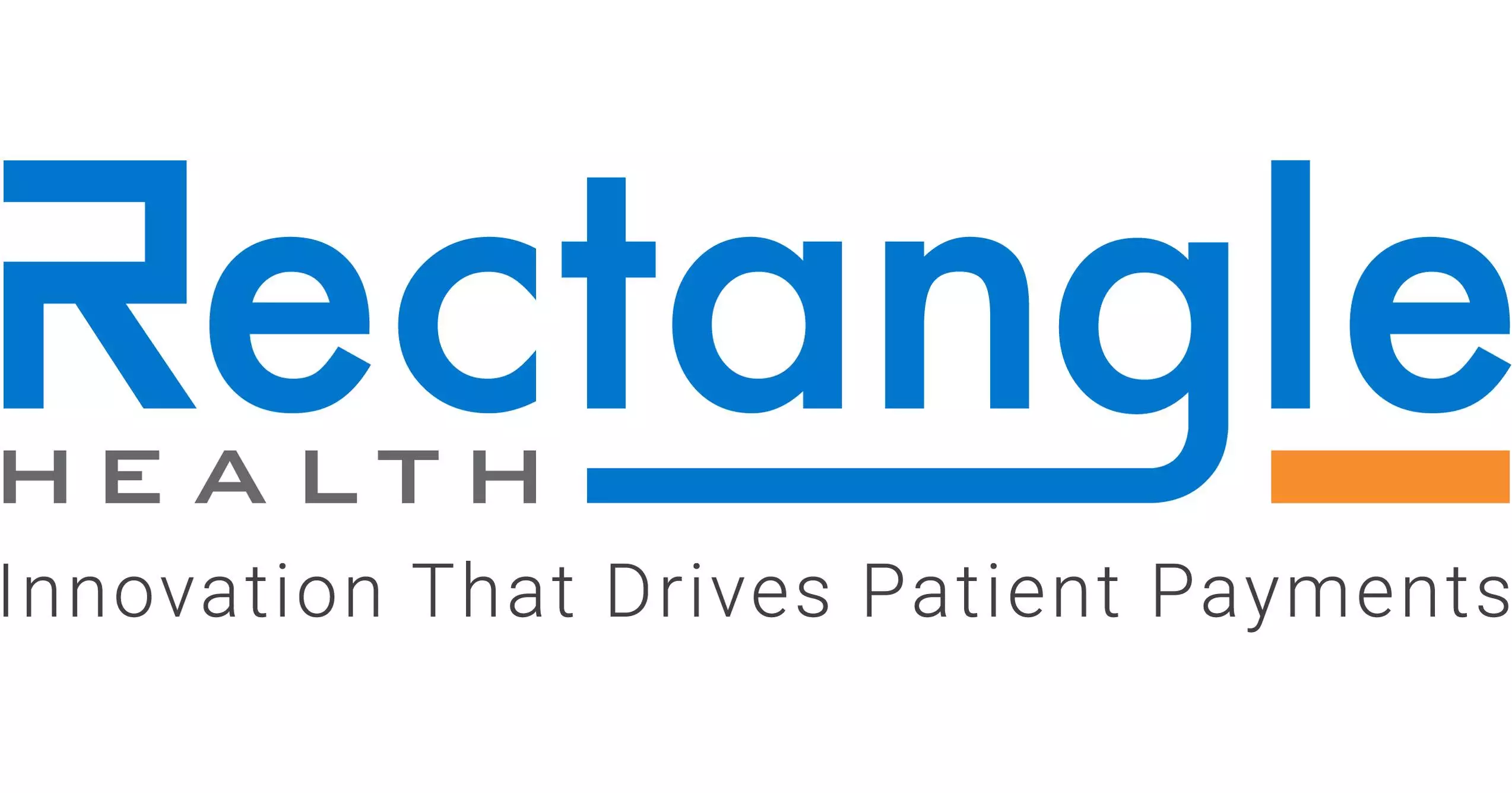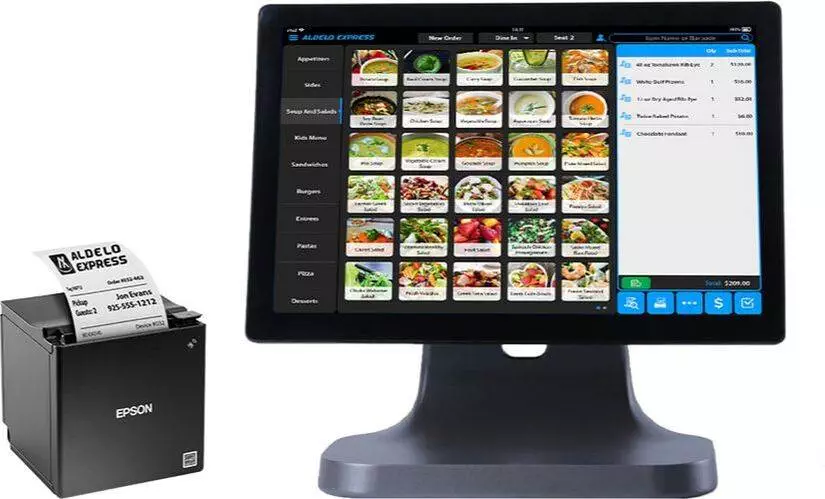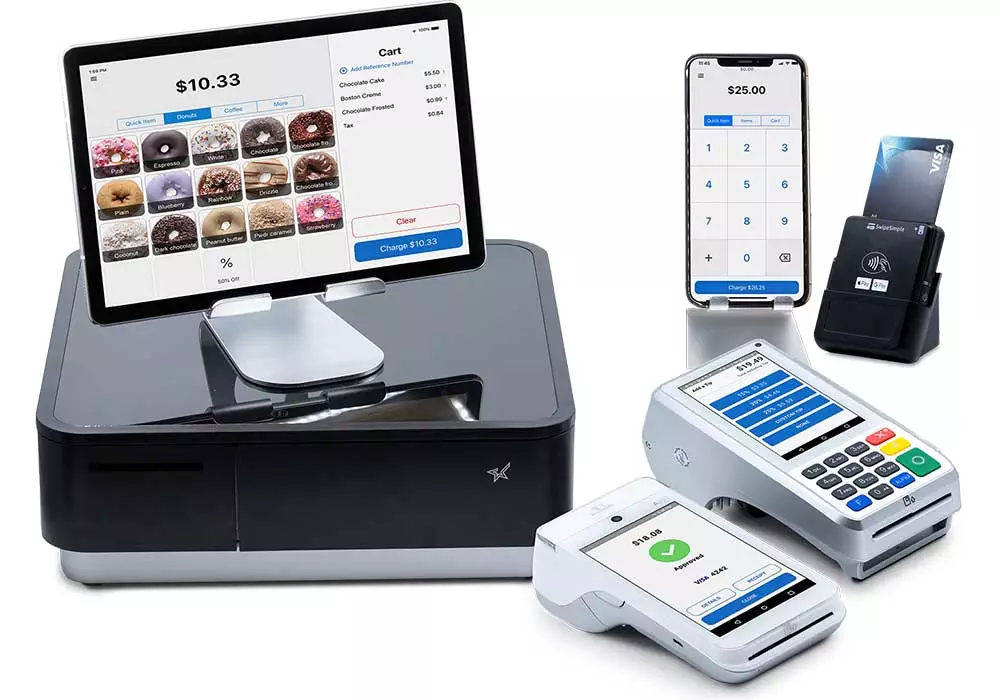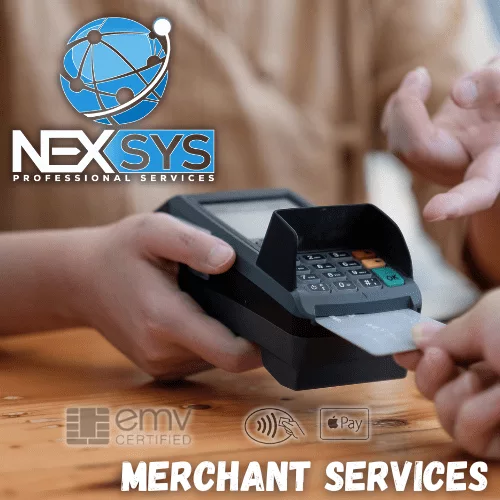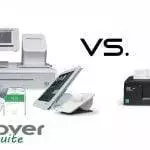In the early 20th century, the concept of credit was still in its infancy. The idea of borrowing money to make purchases was not widely accepted, and most transactions were conducted in cash. However, as consumerism began to rise, so did the need for a more convenient method of payment. The first credit card, known as the “Charge-It” card, was introduced in 1946 by a Brooklyn-based banker named John Biggins. This card allowed customers to make purchases at local merchants and pay the bank back later. It was a revolutionary idea that laid the groundwork for the credit card industry we know today. As we moved into the 1950s, the credit card landscape began to evolve rapidly. In 1950, Diners Club launched the first universal credit card, which could be used at multiple establishments rather than just one. This innovation marked a significant shift in consumer behavior, as it allowed individuals to dine out and shop without the immediate burden of cash. The concept quickly gained traction, and by the end of the decade, several other companies had entered the market, including American Express and MasterCard. These early days of credit card payments were characterized by a sense of excitement and possibility, as consumers embraced this new way to manage their finances. Key Takeaways Credit card payments have evolved from manual imprinting to electronic authorization in the early days. The emergence of magnetic stripe technology in the 1970s revolutionized credit card payments, allowing for easier and faster transactions. The introduction of chip and PIN technology in the 2000s enhanced security and reduced fraud in credit card payments. Contactless payment systems have risen in popularity, allowing for quick and convenient transactions with just a tap or wave of the card. Mobile wallets have developed, allowing users to make credit card payments using their smartphones, further revolutionizing the payment process. The Emergence of Magnetic Stripe Technology The introduction of magnetic stripe technology in the 1970s marked a pivotal moment in the evolution of credit card payments. This innovation allowed for the storage of data on a small strip of magnetic material embedded on the back of credit cards. With this technology, transactions could be processed more quickly and efficiently than ever before. The magnetic stripe contained essential information such as the cardholder’s name, account number, and expiration date, enabling merchants to verify transactions with ease. As we adopted magnetic stripe technology, we witnessed a significant increase in the number of credit card users. The convenience of swiping a card rather than writing a check or handing over cash made shopping more accessible and appealing. This shift not only transformed consumer behavior but also revolutionized the retail landscape. Merchants began to invest in point-of-sale systems that could read magnetic stripes, leading to a more streamlined checkout process. The magnetic stripe era laid the foundation for the widespread acceptance of credit cards across various industries, setting the stage for future advancements in payment technology. The Introduction of Chip and PIN Technology As we entered the 21st century, concerns about security in credit card transactions became increasingly prominent. The rise in fraudulent activities and data breaches prompted the need for more secure payment methods. In response to these challenges, chip and PIN technology emerged as a robust solution. This technology involved embedding a microchip within credit cards, which generated unique transaction codes for each purchase. Coupled with a personal identification number (PIN), this system significantly enhanced security by making it much more difficult for fraudsters to replicate cards or conduct unauthorized transactions. The transition to chip and PIN technology was not without its challenges. Many consumers were initially resistant to change, as they were accustomed to swiping their cards without entering a PIN. However, as we became more aware of the risks associated with traditional magnetic stripe cards, acceptance grew. Retailers also recognized the benefits of adopting this technology, as it reduced chargebacks and improved overall transaction security. By the mid-2010s, chip and PIN cards had become the standard in many countries, further solidifying our reliance on credit cards as a primary payment method. The Rise of Contactless Payment Systems Year Number of Contactless Transactions (in billions) Percentage Increase 2015 5.6 — 2016 9.8 75% 2017 15.3 56% 2018 25.2 65% 2019 41.6 65% In recent years, we have witnessed a remarkable shift towards contactless payment systems. This technology allows consumers to make transactions simply by tapping their cards or mobile devices on a compatible terminal. The convenience of contactless payments has resonated with consumers who value speed and efficiency in their shopping experiences. As we navigated through busy lives, the ability to complete transactions without fumbling for cash or entering PINs became increasingly appealing. The rise of contactless payment systems can be attributed to several factors, including advancements in Near Field Communication (NFC) technology and growing consumer demand for seamless payment experiences. Retailers quickly recognized the potential benefits of offering contactless options, as it not only sped up checkout times but also enhanced customer satisfaction. As we embraced this new way of paying, contactless payments became ubiquitous in various settings, from grocery stores to public transportation systems. This evolution has fundamentally changed how we interact with our finances and has paved the way for even more innovative payment solutions. The Development of Mobile Wallets As technology continued to advance, mobile wallets emerged as a game-changer in the world of credit card payments. These digital wallets allow us to store our credit card information securely on our smartphones, enabling us to make purchases with just a few taps on our screens. Mobile wallets like Apple Pay, Google Pay, and Samsung Pay have gained immense popularity due to their convenience and security features. By utilizing tokenization and encryption methods, these wallets provide an added layer of protection against fraud. The development of mobile wallets has transformed our shopping habits in profound ways. We no longer need to carry physical cards or cash; instead, we can rely on our smartphones to handle transactions seamlessly.
